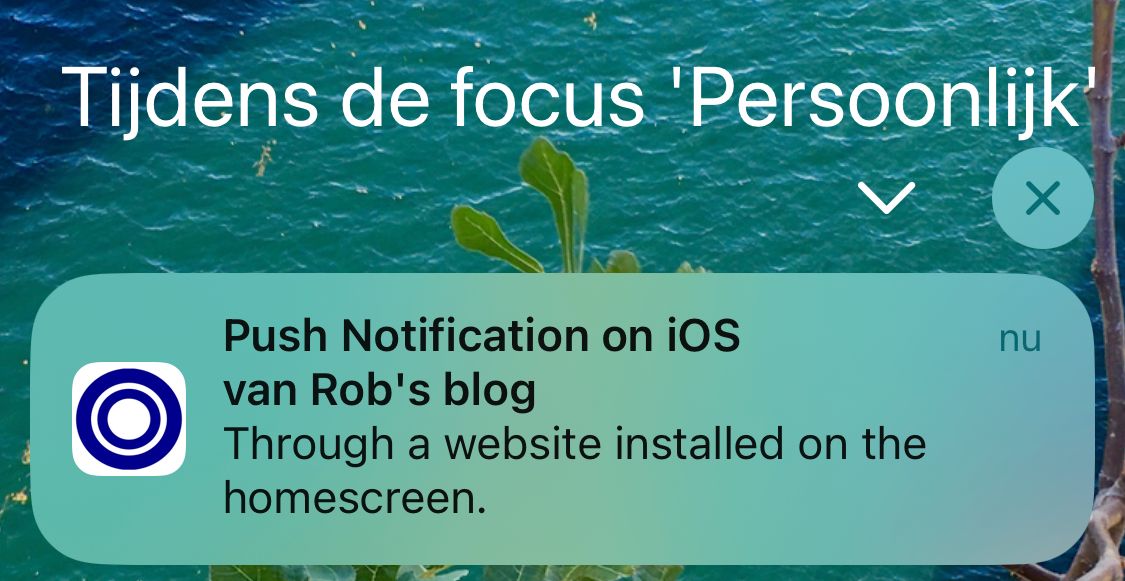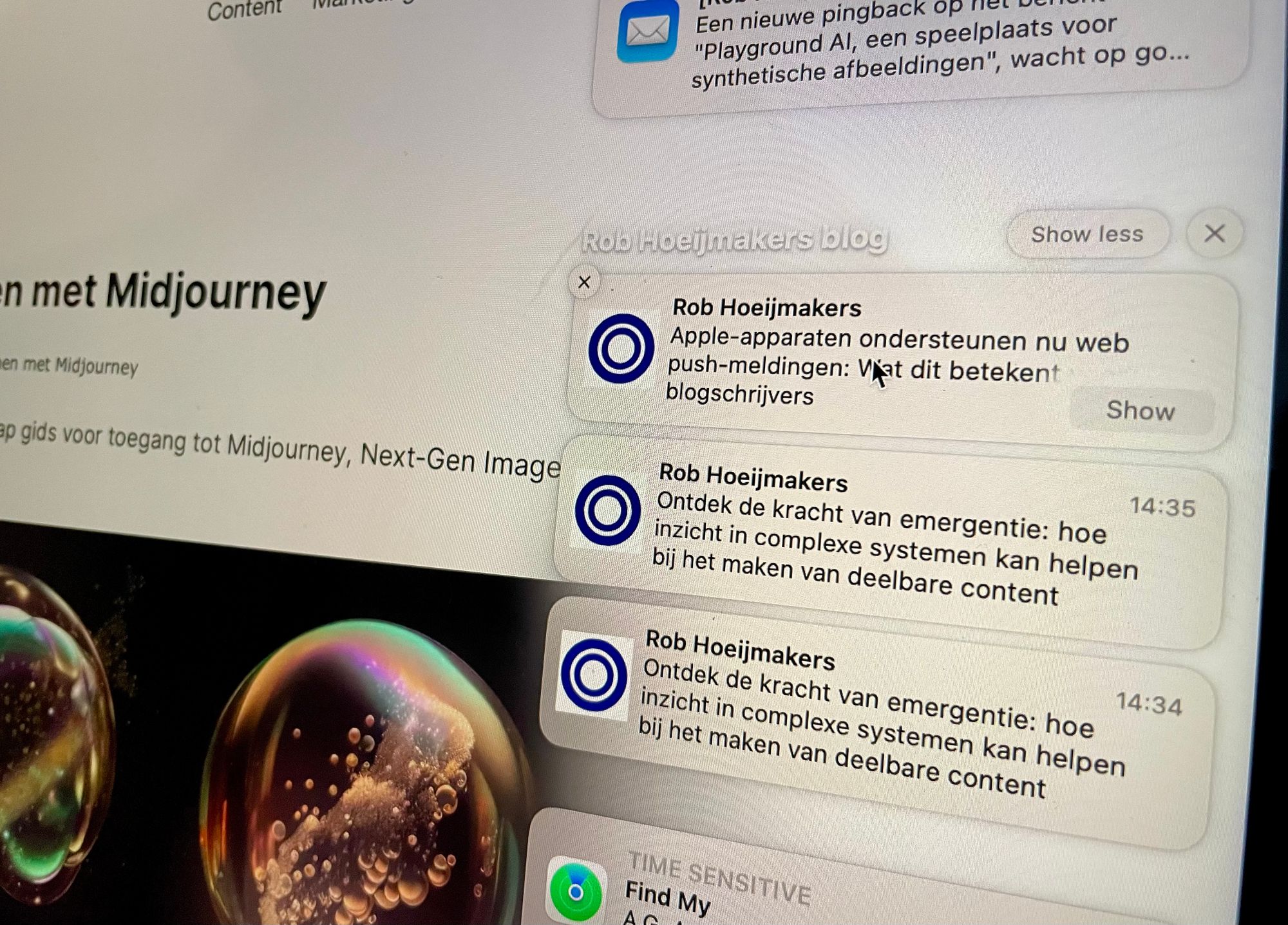Apple iOS devices now support web push notifications
Apple devices now support Web Push notifications, a game-changer for bloggers. Instantly engage readers and keep them updated on new articles. Learn more.

If you're a blog writer, you'll be happy to know that Apple iOS devices now support Web Push notifications, a standard notification service for time-sensitive and high-priority events. With the release of Safari 16.4, users on Apple iOS devices can receive Web Push notifications, making it easier for you to keep your readers informed about new articles and updates.
Web Push notifications are short, instant notifications that appear on a user's desktop or mobile device, even when they are not actively using your website. They are a powerful tool for engaging readers and keeping them informed about new articles and updates. With the addition of Web Push support in Safari on Apple devices, blog writers can now use this powerful tool to reach even more readers.

Instant delivery
One of the biggest advantages of Web Push notifications is their instant delivery. When you publish a new article, your readers will know about it immediately, no matter where they are or what they are doing. This can help to drive traffic to your website and increase engagement with your content.
Web Push notifications are also highly visible, appearing directly on the user's device, making them hard to miss. And because they are opt-in, users can choose to receive them with just one click, without having to provide their email address. This makes them a more convenient and less intrusive alternative to email newsletters.

Another advantage of Web Push notifications is their customizability. You can customize the content and timing of your notifications to ensure that they are relevant and engaging for your readers. This can help to increase open rates and click-through rates, leading to more engagement with your content.
With the addition of Web Push support in Safari on Apple devices, blog writers can now take advantage of all of these benefits to reach a wider audience and keep their readers informed about new articles and updates. So if you're a blog writer, be sure to explore the possibilities of Web Push notifications and see how they can help you to engage your audience and grow your readership.
Overcoming iOS Challenges
While the iOS 16.4 update has made web push notifications possible, it's important to note that the process of implementing them on Apple devices is not as straightforward as on other platforms.
Due to Apple's unique approach to user privacy and security, integrating web push notifications on iOS requires additional steps, such as asking users to add your website as a Progressive Web App (PWA) to their home screen.
Steps to take to receice Web Push notifcations on iOS.
This extra layer of user interaction may impact the adoption rate of web push notifications for some websites, and it's crucial to take this into consideration when planning your engagement strategy. Nonetheless, the opportunity to reach iOS users with web push notifications is an exciting development that shouldn't be overlooked.
Read more about Progressive Web Apps (PWA's), also referred to as Home Screen apps.
Safari push notifications are primarily associated with websites and the Safari browser, while iOS web push notifications are associated with home screen apps (PWA) installed on Apple devices. Both require user opt-in and are sent by push providers, but the context and implementation differ based on the platform they are designed for.



